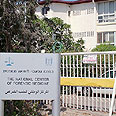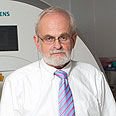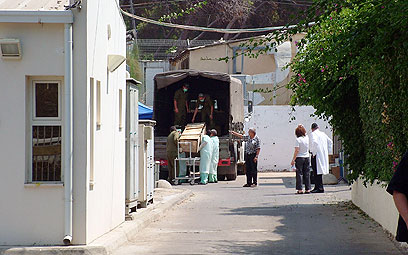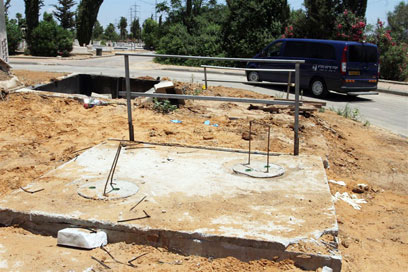

The scandal deepens: Dozens of organs and tissue samples of bodies autopsied at the Abu Kabir Institute for Forensic Medicine were buried in a mass grave without notification to or permission from the families of the deceased, Ynet learned Sunday.
The samples in question had been stored in jars from which the identifying details had been erased. The Health Ministry confirmed the details, but refused to disclose the location of the presumed burial site.
Related stories:
After Yedioth Ahronoth exposed the fact that IFM Director Prof. Yehuda Hiss, had, over the course of years hid body parts and tissue samples from police autopsies, the Health Ministry announced a "Final Resting Place" campaign designed to provide fitting burial for the some 8,000 samples left in the Forensic Institute.
Initially, the ministry tried to identify the thousands of jars to determine to whom the remains belonged, but was dependent mainly on the jars' labels. It now appears that the writing on some the labels had faded beyond legibility, and that the contents of these jars were buried en masse.

Abu Kabir Institute for Forensic Medicine (Photo: Avi Cohen)
Therefore, the Health Ministry decided to apply the program only to remains for which there was a "demand" – the parts for which the family members of the deceased had signed a document or contacted the ministry by phone to have the parts buried with their loved one's bodies.
Thus far, some 1,000 requests have been received on the ministry's "Final Resting Place" hotline regarding the remains of approximately 400 people.
Attorney Ido Orlansky of the firm representing the families expressed astonishment at the new developments in the scandal, pointing out that the failure to keep the samples and organs with the bodies and the resulting problem of an inability to identify to which body the remains belong was a "severe failure that disrespects the dead."
Orlansky said that families whose deceased tissue samples and/or organs had been buried without their knowledge had a right to sue the institute.

The presumed burial site (Photo: Yaron Brenner)
The Health Ministry said in response that "dozens of unidentified jars" had been buried. It was not possible to conduct a DNA test and there was no purpose for it, either professionally or medically."
The ministry also said that it was currently putting all its resources toward an honorable burial for the tissue samples that were meant to be buried in a mass grave. The aspects of the institute's conduct are being checked and that investigation will proceed once the first stage of the 'Final Resting Place' campaign is concluded."
"Suddenly a bomb was dropped on us," Ahronson told Ynet. "We happened to hear about the campaign on the radio and we called the hotline. They told us that Meital's remains were in the institute. So what did we bury? We thought we laid our daughter to rest whole."
"No one asked my permission to bury parts of her in a separate mass grave. I would never allow her to be buried with others," Ahronson said.
- Receive Ynetnews updates
directly to your desktop















